|
Surviving the scarcity of food and tumbling temperatures of winter can be a tough time for wildlife. Maintaining body temperature and looking for food can sometimes burn energy even more quickly than they can consume it. There are two ways that some wildlife make survival more likely, some choose to migrate to warmer climes until winter has passed such as swallows, martins and swifts and some choose to hibernate - a Latin term which literally means 'to pass the winter' - through the coldest months of the year. Th.e only animals that truly hibernate in Ireland are hedgehogs and bats, oh and the small population of dormice that turned up in Co. Kildare. During hibernation they are not really asleep, instead they drop their body temperature to match their surroundings and enter a state of torpor. This allows them to save a lot of energy but slows down all other bodily functions making normal activity impossible. Some other woodland residents enter a state of inactivity but will often emerge during warm spells to eat or exercise, animals such as squirrels, badgers and even butterflies. Hedgehogs are one of the few mammals that we call true hibernators but to understand why they do, you have to understand what and when they eat. Firstly, hedgehogs are omnivores, they eat both plants and animals but most of their diet consist of worms, slugs and beetles but also the occasional frog along with roots, mushrooms, berries and even bird's eggs. Secondly, hedgehogs are nocturnal, they are active from dusk till dawn searching for tasty things to eat. They need to eat a third of their body weight each night so; it takes a lot of creepy crawly things to feed these hearty eaters. In the lead up to hibernation, it is essential that hedgehogs fatten up and put as much weight as possible so that over winter there is a large store of energy to call upon which all helps to keep the body running. When the weather gets colder and food becomes scarce for the hedgehog, it will go into hibernation to survive. During mild winters hedgehogs can remain active well into November and December but they usually hibernate from late October through to March or April. During the day, and during winter hibernation, the hedgehog will sleep in a specially built nest in thick undergrowth, under a shed, in piles of leaves or sticks. They do not, however, enter a continuous state of hibernation and recent studies have shown that even during hibernation, hedgehogs are likely to move nesting sites at least once during this period and so can sometimes be seen out and about in the mild spells of the winter months. The name of the dormouse has the same origin as the French word dormir which means 'to sleep' and is probably a reference to the fact that they spend most of their lives asleep and dormice really know how to sleep. From late October through to May the dormouse hibernates; May might seem very late to emerge from hibernation but it isn’t until then that any food becomes available. Their diet varies depending on the time of year. In autumn, dormice are fattening up on a feast of hazelnuts, seeds and berries, in order to put on enough fat for them to survive the winter. Once they emerge from hibernation in late spring, they will eat the blossoming flowers of trees such as hawthorn and oak but they are also known for taking caterpillars. Dormice are tree dwellers and make nests in thickets where they can raise their young but even during the summer they do a lot of sleeping. Most food foraging is done at dusk and dawn so in the daytime and during the dead of night they go back to sleep again. After gathering up their fat reserves in autumn, dormice will go into hibernation; as the weather turns cooler they will move down from the trees to ground level, where the winter temperatures are more stable. They hibernate under logs, under moss and leaves or among the dead leaves at the base of coppice stools and thick hedges. Dormice choose a moist place to hibernate, where the temperature will remain cool and stable and the humidity high, conditions that are vital for when their metabolic processes are slowed. Water vapour is lost during the animal’s breathing and so damp conditions are really necessary and will ensure the animals do not desiccate during the winter, as they do not wake up and drink regularly. They create a tightly woven nest around the size of a tennis ball made of grass and leaves and they will curl up in this ball with their tail wrapped around their face and body to keep warm; dreaming, perhaps of summer. As temperatures start to drop and insect numbers decline, bats (males and females) move into hibernation roosts (hibernacula) though very little is currently known about where Irish bats hibernate, apart from the Lesser Horseshoe bat. Horseshoe bats need cool places for the winter, houses are usually too warm so they may choose caves, bridges, crevices in stone-outbuildings, disused cellars, mines or even tree holes. A bat’s body temperature lowers (bats reduce the difference between body and ambient temperature to an absolute minimum) and their metabolic rate slows, meaning they use less energy and can survive on the fat they have stored up instead of trying to forage for food when insect prey will be harder to find. Individual bats may wake up occasionally during mild spells to hunt and to drink. A recent study of droppings collected at hibernation sites in Co Clare showed that the important prey items for winter foraging were those insects associated with the dung of grazing cattle as well as the winter gnat. Photo credits: Piotr Laskawski - Irish Wildlife Trust - Lorna Griffiths - Woodland Trust - National Geographic - Bat Conservation
0 Comments
|
WildEdges
A haven of quiet countryside highlighting issues affecting the natural world. Categories
All
|
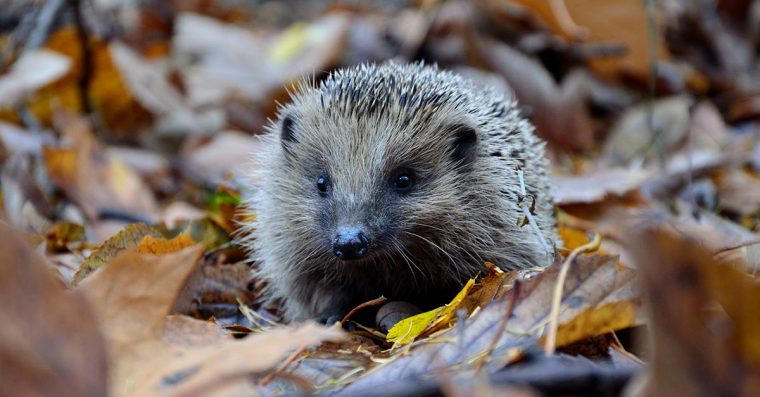
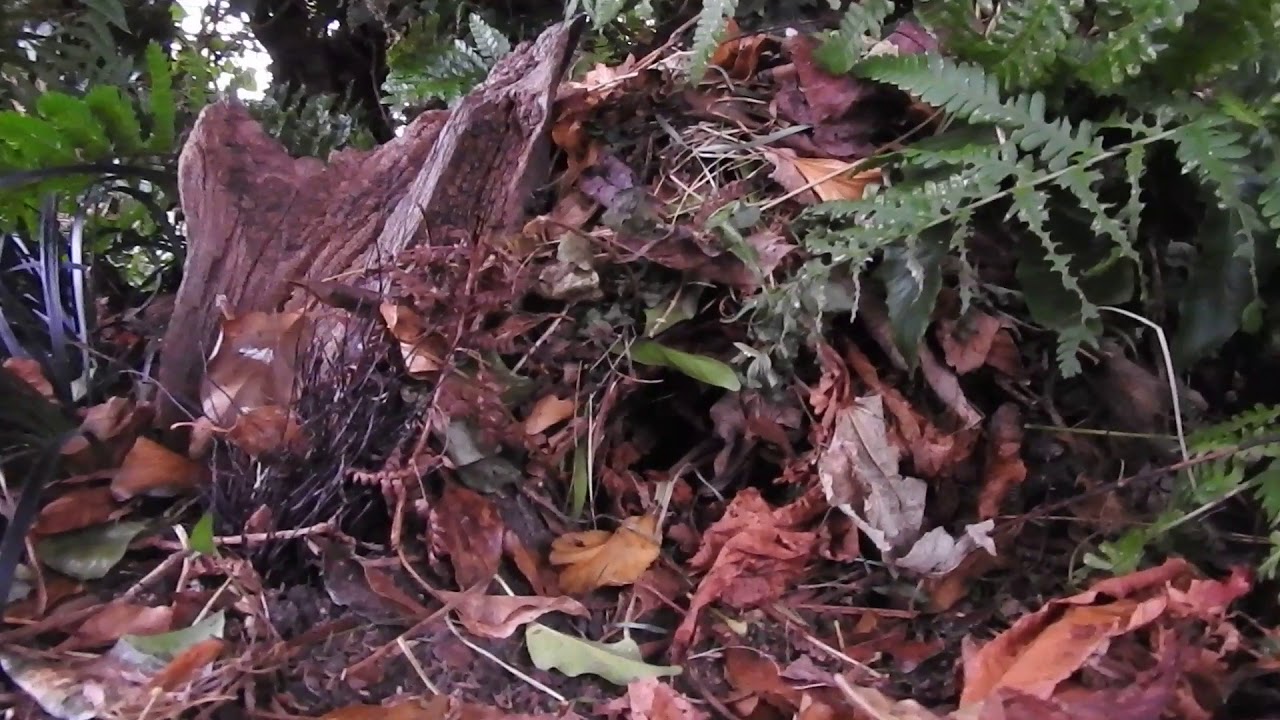
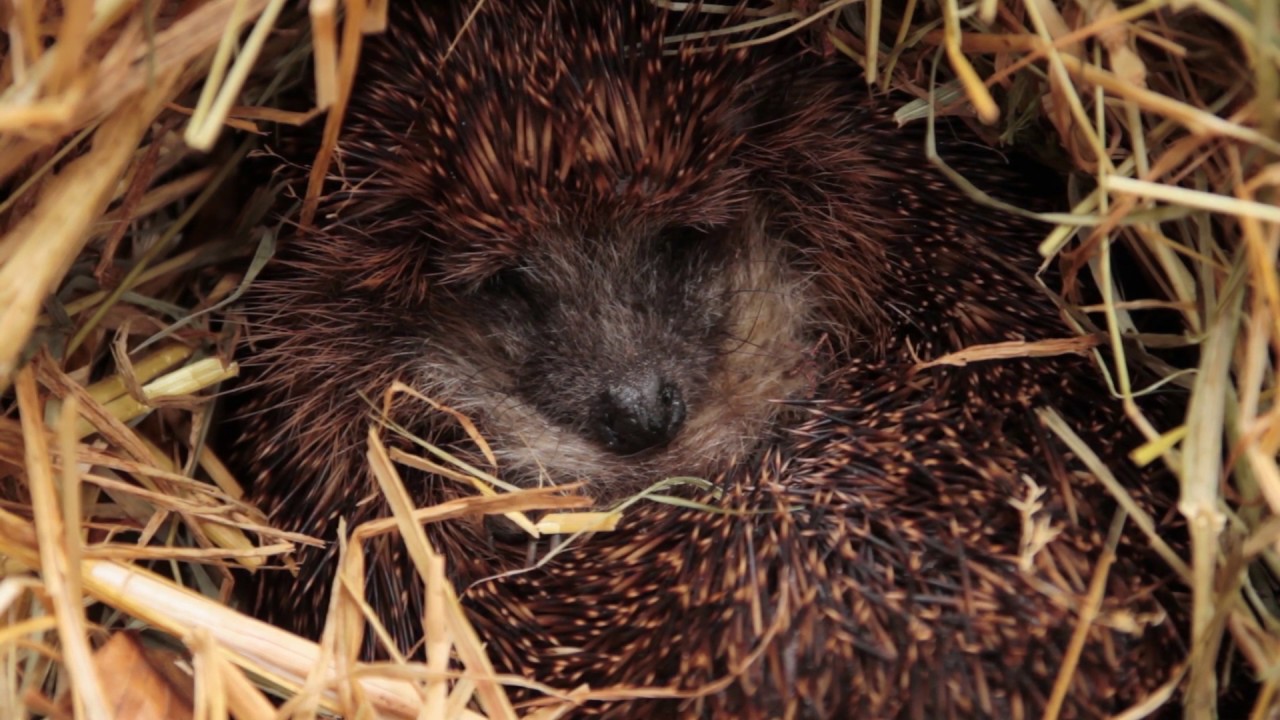
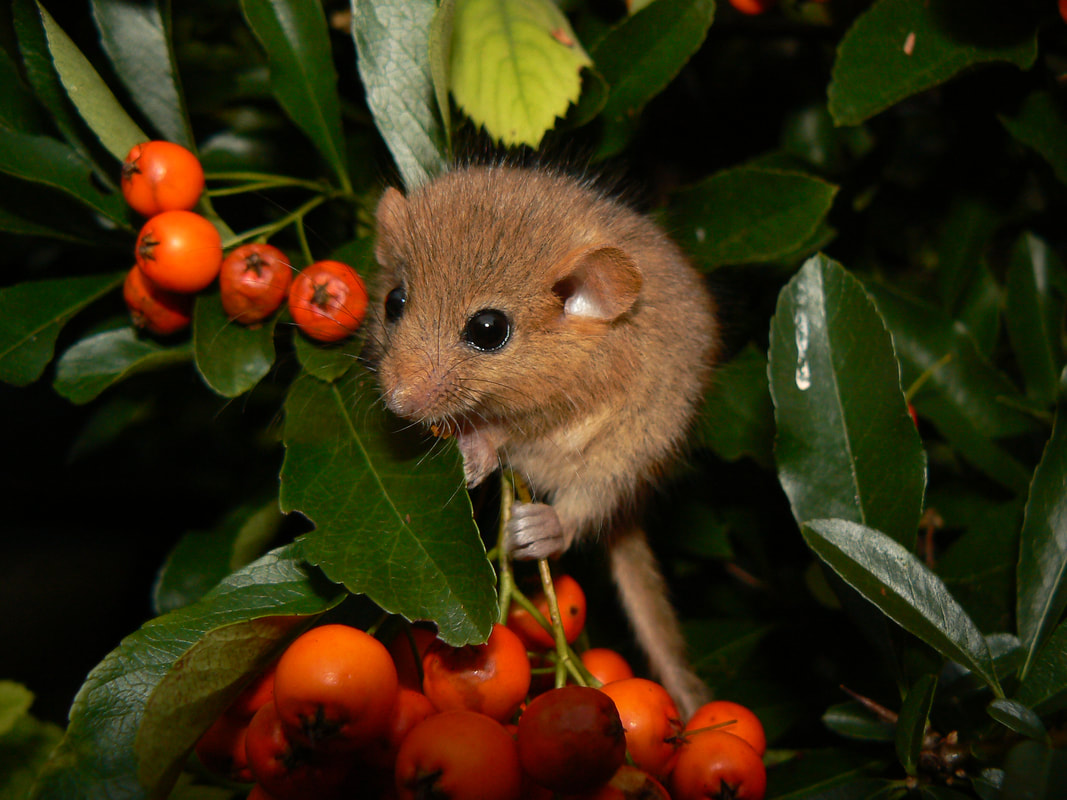
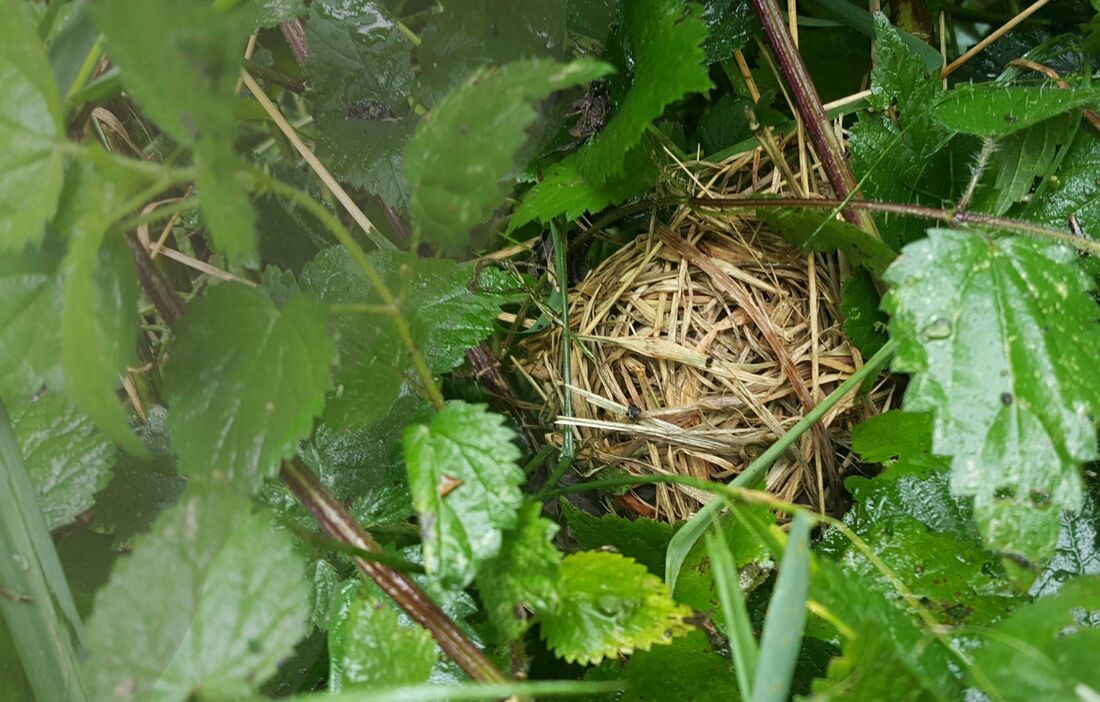
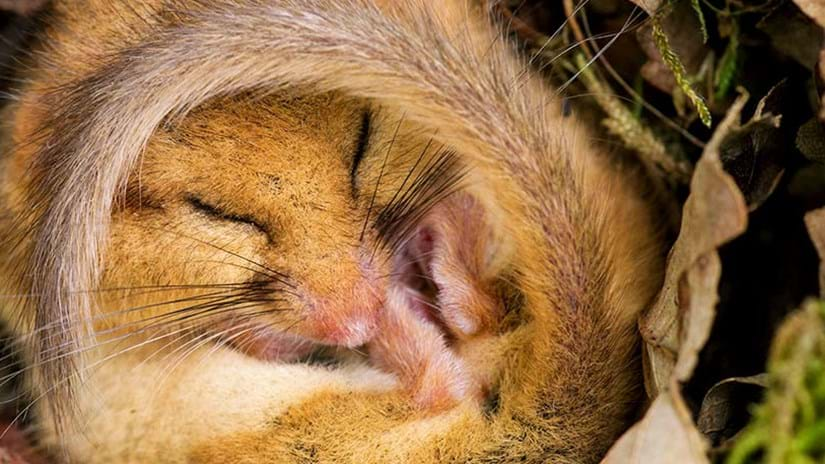
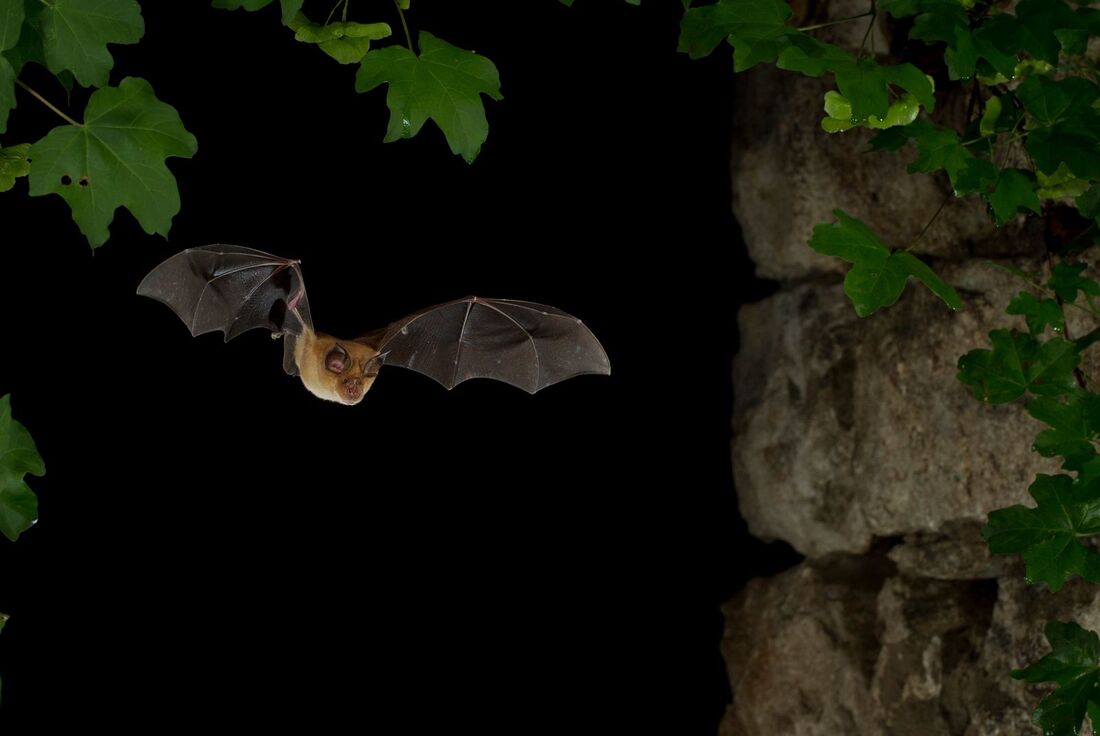
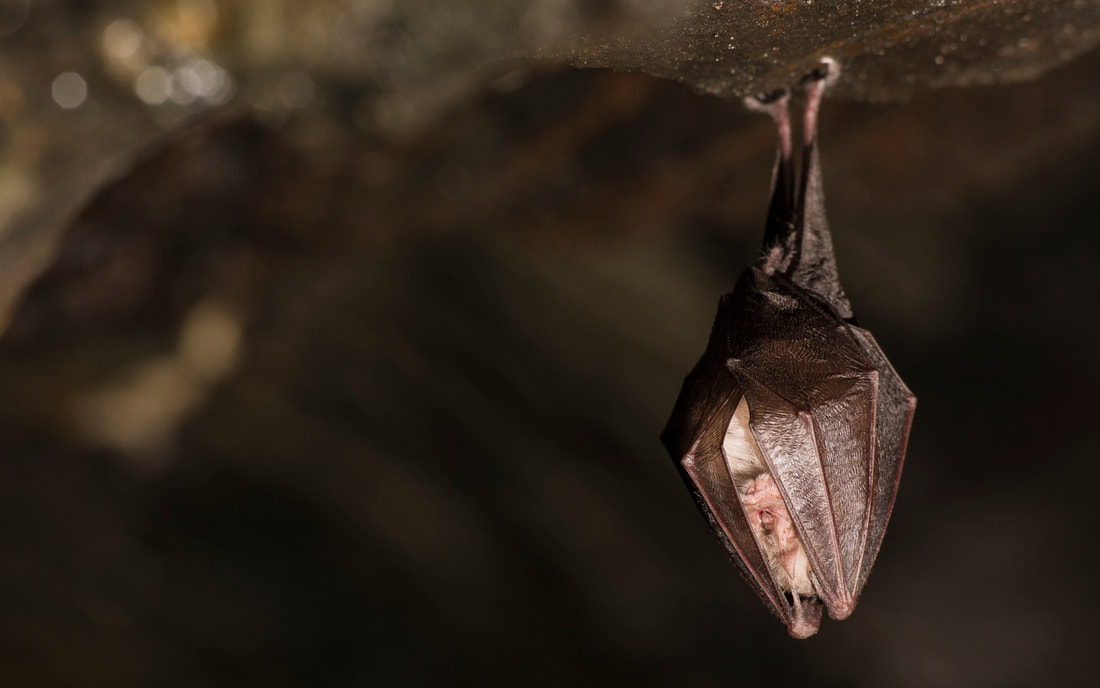
 RSS Feed
RSS Feed